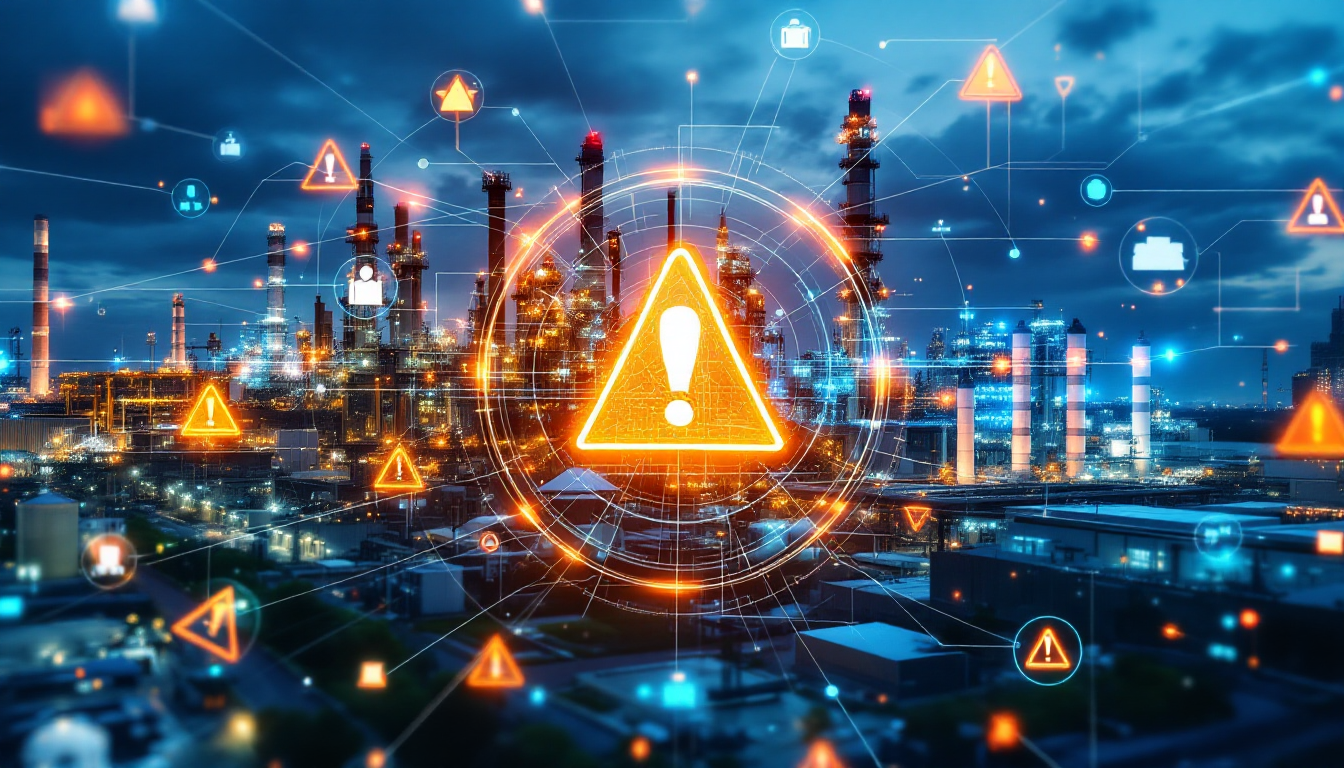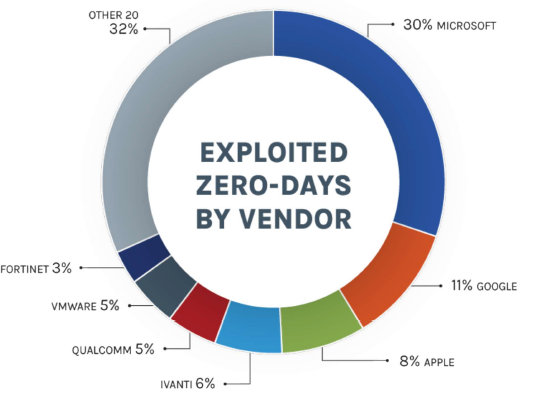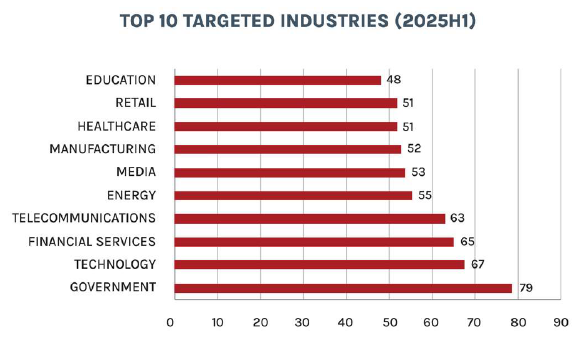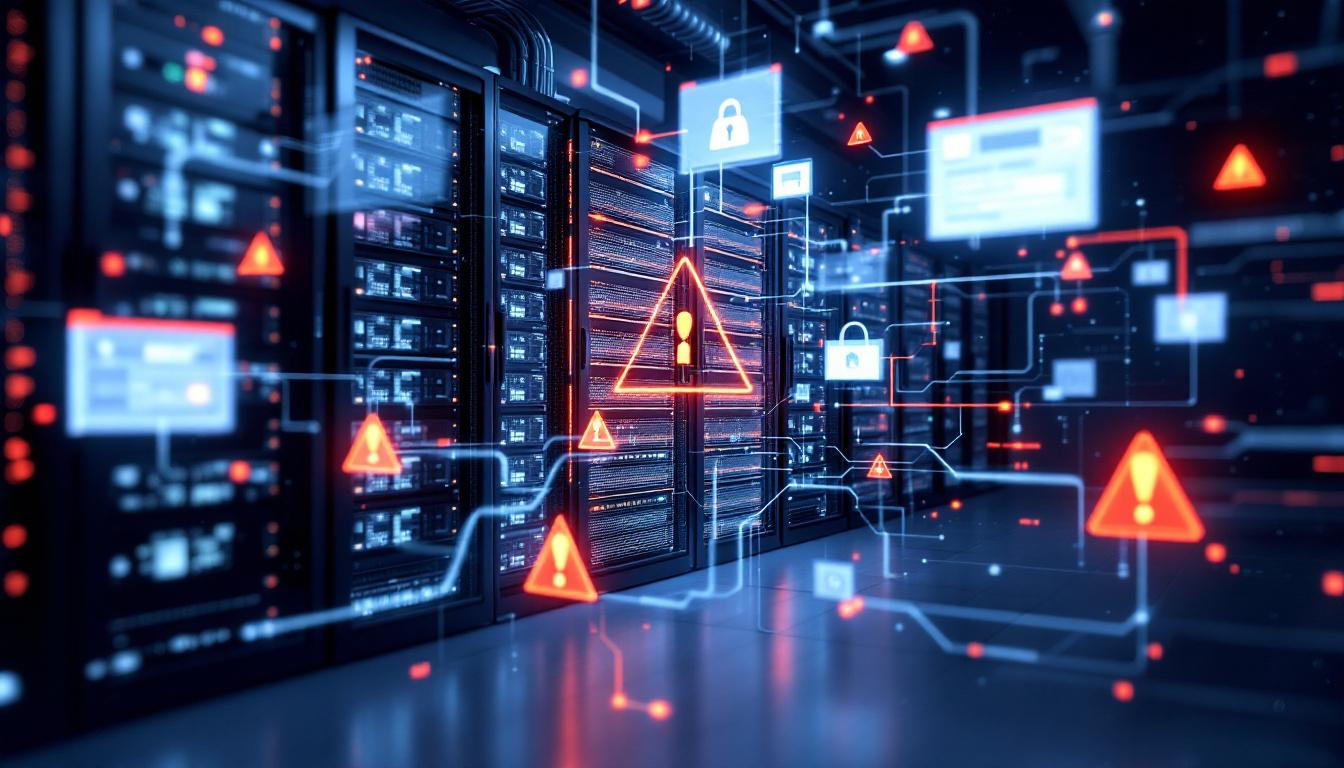
2025 First Half Cybersecurity Threats: What Houston Businesses Need to Know
Professional Cybersecurity Guidance Based On Current 2025 Threat Analysis – Comprehensive IT Security Solutions Addressing Current Ransomware And OT Attack Trends
2025 First Half Cybersecurity Threats: What Houston Businesses Need to Know
![]()
TL;DR: The first half of 2025 saw a 36% increase in ransomware attacks, with cybercriminals expanding their targets to include operational technology and healthcare systems. Houston businesses face growing threats from Iranian hacktivists, opportunistic attacks on industrial systems, and sophisticated malware campaigns targeting network infrastructure.![]()
The cybersecurity environment in 2025 has become increasingly complex and dangerous for businesses across all industries. According to the comprehensive “2025H1 Threat Review: Vulnerabilities, Threat Actors, and Ransomware” report published by Forescout Research – Vedere Labs in August 2025, alarming trends have emerged that every Houston business owner should understand to protect their operations.
 The Growing Ransomware Threat
The Growing Ransomware Threat
Ransomware continues to dominate the cyber threat environment with devastating consequences for businesses. The first half of 2025 witnessed 3,649 documented ransomware attacks, representing a staggering 36% increase compared to the same period in 2024.
- Cl0p emerged as the most active ransomware group, overtaking previously dominant organizations like LockBit
- Healthcare organizations remain the primary target, with 341 reported breaches affecting over 500 individuals each
- A single healthcare organization required three weeks to restore normal operations after an attack
- The financial impact extends far beyond immediate ransom demands to include recovery costs and operational disruption
- Attacks now involve compromised network servers and email systems across multiple entry points
- These are no longer random acts of cybercrime but calculated operations targeting specific vulnerabilities
For small and medium-sized businesses, ransomware disruptions can be catastrophic. The shift in threat actor leadership demonstrates how quickly the cybersecurity environment evolves, with new players constantly emerging to exploit security gaps and target vulnerable organizations.

(Source: Forescout Research 2025H1 Threat Review: Vulnerabilities, Threat Actors, and Ransomware Report)
![]() Opportunistic Attacks on Operational Technology
Opportunistic Attacks on Operational Technology
A concerning development in 2025 is the dramatic increase in opportunistic attacks targeting operational technology systems. These attacks differ from traditional targeted campaigns because threat actors are scanning for any vulnerable system they can exploit, regardless of the specific organization or industry.
- Modbus protocol interactions increased to 57% of all operational technology communications, up from 40% in 2024
- Industrial automation and building management systems have become particular targets
- Recent incidents include attacks on water treatment facilities and manufacturing plants
- Attackers often begin with internet scanning to identify exposed systems
- Threat actors attempt to alter critical variables or disrupt operations
- Some attackers even attempt to reprogram control logic, potentially causing physical damage
- These attacks target the technology that runs critical business operations, not just traditional IT systems
For Houston businesses in manufacturing, energy, and logistics, this trend represents a significant new risk area requiring immediate attention. The expansion beyond traditional IT systems to operational technology demonstrates how cybercriminals are evolving their tactics to target the physical processes that keep businesses running.

(Source: Forescout Research 2025H1 Threat Review: Vulnerabilities, Threat Actors, and Ransomware Report)
 Iranian Hacktivist Groups Target Critical Infrastructure
Iranian Hacktivist Groups Target Critical Infrastructure
Iranian hacktivist groups have dramatically intensified their operations against Western targets, particularly focusing on critical infrastructure and businesses with connections to Israel or Israeli technology. These groups – including ICTUS TEAM, CyberAv3ngers, and APT IRAN – represent a sophisticated threat combining political motivation with advanced technical capabilities.
What makes these groups particularly dangerous is their ability to shift identities and rebrand their operations to avoid detection and attribution. They employ psychological warfare tactics alongside technical attacks, often exaggerating their successes to maximize fear and disruption.
Recent activities include claims of attacks on petrochemical storage systems, water utilities, and fuel stations. While not all claims have been independently verified, the groups have demonstrated real capabilities against programmable logic controllers and other industrial systems.
The groups coordinate their messaging and often share attack techniques, suggesting a level of organization and state backing that makes them persistent and evolving threats. Their focus on Israeli-made technology means any Houston business using such equipment could become a target.
 Infrastructure Vulnerabilities and Zero-Day Exploits
Infrastructure Vulnerabilities and Zero-Day Exploits
The vulnerability environment in 2025 reveals troubling trends for business security. In the first six months, 23,581 new vulnerabilities were published – a 15% increase over the same period in 2024, with zero-day exploitation reaching alarming levels.
- 45% of new vulnerabilities received high or critical severity ratings
- 63 vulnerabilities were exploited before patches were available, compared to 43 in the previous year
- This represents a 46% increase in zero-day exploitation
- Network infrastructure remains particularly vulnerable, with 28 newly exploited vulnerabilities targeting firewalls, routers, and security appliances
- These devices often sit at network perimeters with internet exposure
- Attackers focus on network devices that provide persistent access and lateral movement capabilities
- Traditional patching strategies cannot address threats that exploit unknown vulnerabilities
The trend toward exploiting network infrastructure devices reflects a fundamental shift in attacker strategy. Rather than targeting individual workstations, cybercriminals now focus on the devices that control network access and can provide them with persistent footholds throughout an organization.

(Source: Forescout Research 2025H1 Threat Review: Vulnerabilities, Threat Actors, and Ransomware Report)
 Healthcare Sector Under Siege
Healthcare Sector Under Siege
Healthcare organizations face unprecedented cybersecurity challenges, with 341 breaches reported in just the first four months of 2025. These incidents affected nearly 30 million individuals, with an average of 87,388 people impacted per breach.
The sophistication of healthcare-targeted attacks has evolved significantly. Cybercriminals now deploy specialized malware disguised as medical viewing software to steal sensitive data while maintaining persistent access to hospital networks. Some attacks specifically target cardiology information systems and central monitoring stations.
The consequences extend beyond data theft to patient safety concerns. One documented case involved a patient death partially attributed to delayed blood test results caused by a ransomware attack. This tragic example highlights how cybersecurity has become a patient safety issue requiring immediate attention from healthcare leaders.
Healthcare networks often contain legacy systems and medical devices with limited security controls, creating multiple entry points for attackers. The interconnected nature of modern healthcare technology means a single compromised device can provide access to entire hospital networks.
 (Source: Forescout Research 2025H1 Threat Review: Vulnerabilities, Threat Actors, and Ransomware Report)
(Source: Forescout Research 2025H1 Threat Review: Vulnerabilities, Threat Actors, and Ransomware Report)
 How CinchOps Can Help
How CinchOps Can Help
The evolving cybersecurity environment requires comprehensive protection strategies that address both traditional IT systems and operational technology. CinchOps provides Houston businesses with the expertise and tools necessary to defend against these sophisticated threats.
- Continuous monitoring of all network devices, from traditional servers to industrial control systems
- Network security measures specifically designed to protect operational technology environments
- Cybersecurity expertise tailored to Houston businesses in energy, healthcare, and manufacturing sectors
- Proactive threat detection through advanced monitoring systems that identify suspicious activity before attacks succeed
- 24/7 oversight of network infrastructure ensuring emerging threats are detected and neutralized quickly
- Small business IT support near me services including comprehensive vulnerability management
- Protection against both known threats and zero-day exploits through advanced security technologies
- Managed services provider approach that delivers enterprise-level security for small and medium-sized businesses
The complexity of modern cyber threats requires specialized expertise that most businesses cannot maintain internally. CinchOps serves as your dedicated cybersecurity partner, providing enterprise-level protection tailored to the specific needs and budget constraints of businesses in the greater Houston area.
![]()
 Discover More
Discover More 
Discover more about our enterprise-grade and business protecting cybersecurity services: CinchOps Cybersecurity
Discover related topics: CinchOps Houston Business Ransomware Update: From Encryption to Quadruple Extortion
For Additional Information on this topic: Ransomware is up, zero-days are booming, and your IP camera might be next
![]()
FREE CYBERSECURITY ASSESSMENT



